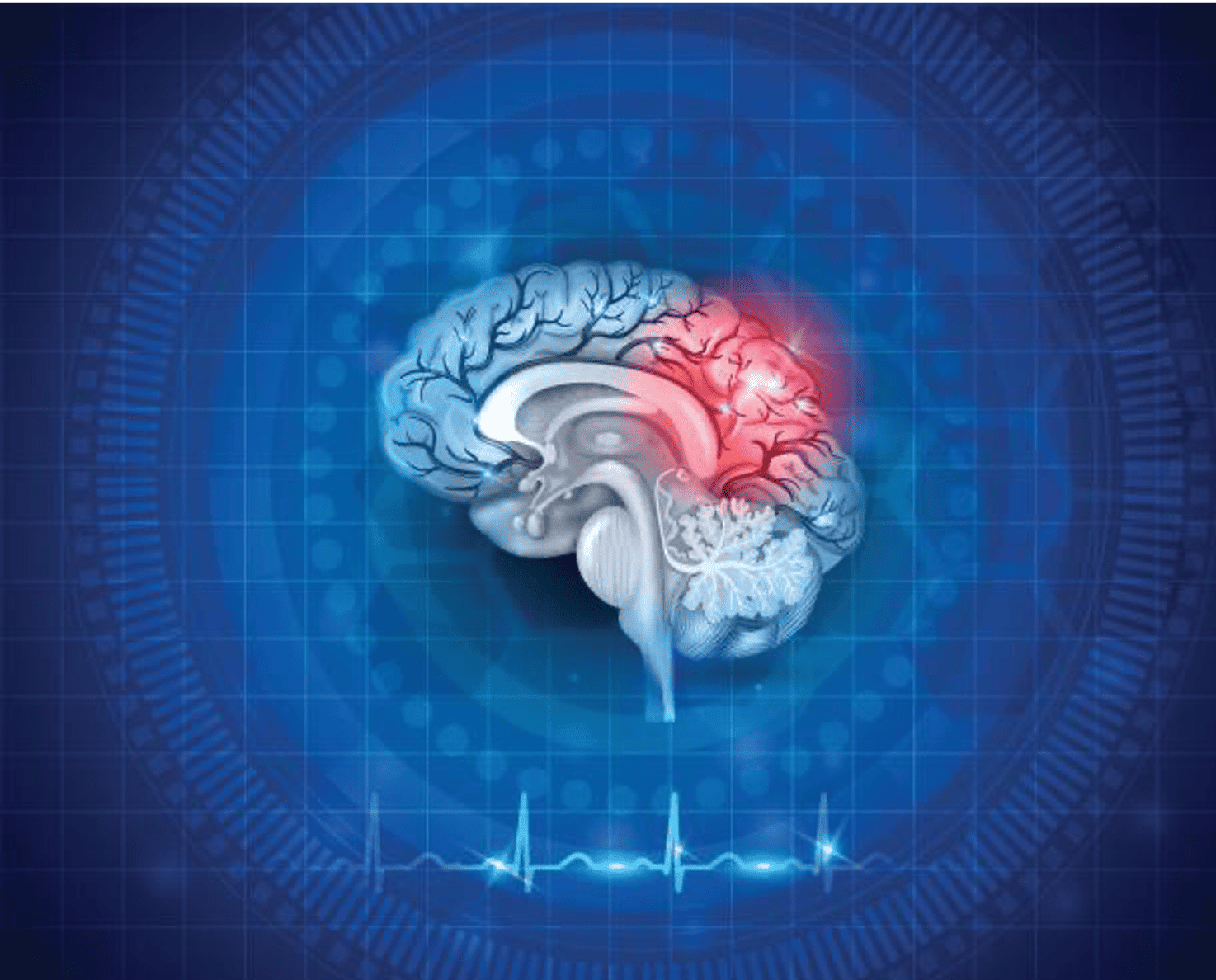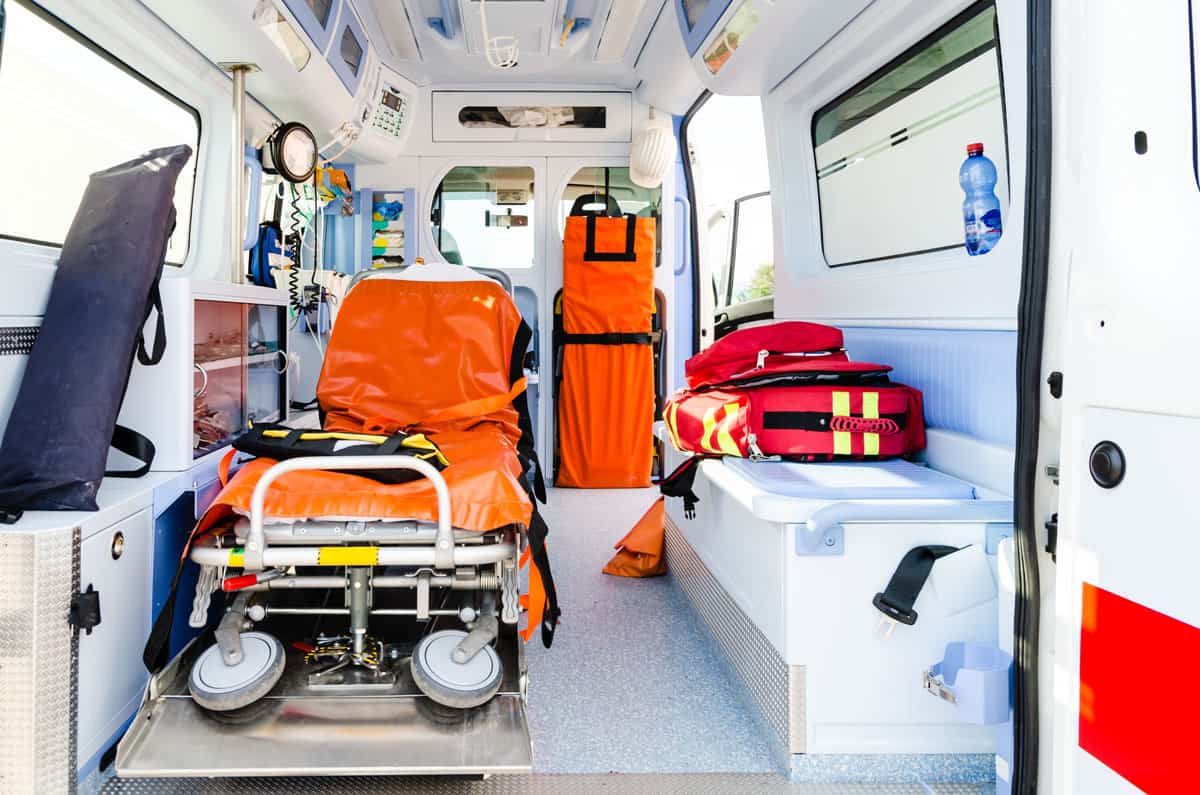Care for Concussion
What is a Concussion?
A concussion is a subset of traumatic brain injury that is caused by a bump, blow or jolt to the head resulting in the brain suffering the impact of significant forces. These forces cause damage to the brain cells by stretching nerve fibers, disorganizing the brain network, and in more severe cases causing bruising, and tearing of blood vessels leading to brain swelling.
The effects of concussion are multifold. Much like stroke, the acute injury causes varying degrees of damage to the brain, most of which heal but concern arises from repetitive concussions that may trigger a neurodegenerative process (chronic traumatic encephalopathy CTE). The diagnosis of concussion is made clinically-namely having a head strike followed by symptoms of altered mental status (confusion), loss of consciousness, trouble walking (ataxia), and headache. These symptoms are subjective because they are documented by interview of the person. A concussed subject can have objective abnormalities (difficulty walking, trouble storing new memories, poor attention) but not always.
Concussion: The Unmet Need
Approximately 4 million concussions occur in the US each year (www.concussion.org). It is likely this number under-represents the true number of concussions each year due to lack of diagnositic testing and medical supervision. The standard of care for diagnosis and recovery management is analysis of patient symptoms which are transient, and subjective. MindRhythm in collaboration with scientists at University of California San Francisco have designed a device to confirm the presence of concussion and monitor for concussion recovery with an objective, measurement that does not rely on symptoms. Use of this tool can aid in the decision process of return to play providing otherwise unavailable objective data to the athlete and the medical team.
Diagnosis
Concussions are often graded by the severity of their symptoms which are usually mild in nature. The most common symptoms are: headache, difficulty concentrating, and nausea. 90% of concussions do not result in a loss of consciousness (www.concussion.org). Without clear presence of symptoms, accurate clinical diagnosis of concussion is highly variable, putting the concussed person, prolonging their recovery. Despite this challenge, the standard of care for diagnosis is analysis of of symptoms. There are no reliable objective brain imaging tests (MRI, CT) that have value in diagnosis of concussion.
Recovery Management
The most significant problem in managing concussion in the high risk population of athletes is deciding when it is safe for an athlete to return to play. Knowing when it is safe to return to activity is critical to reducing lifelong neurological, neurobehavioral, and cognitive challenges. Recovery monitoring, much like diagnosis, is based on symptom presentation. These symptoms, after the acute trauma, determine treatment management, which are the sole determinants in return to activity protocols. These protocols generally have people returning to activity in 7 to 14 days based on cessation of symptoms, the type of activity or age. However, some reports indicate that concussion does not heal for at least 30 days (The Natural History of Sport-Related Concussion in Collegiate Athletes: Findings from the NCAA-DoD CARE Consortium). Neurologists and sports medicine physicians raise concern of a second concussion occurring during this vulnerable period where their patient feels better but the brain is still vulnerable and more sensitive to re-injury. Furthermore, repetitive concussions, especially if spaced closely together, may magnify brain injury. An active area of investigation is whether these repeated head strikes lead to a neurogenerative disorder called CTE. This has fueled new attention on keeping athletes safe following concussion to prevent these long term effects on the brain.

Revolutionizing Recovery
MindRhythm has developed technology that we predict will improve outcomes in concussion by accurately confirming brain recovery, and therefore aiding in return to play decisions.
Accuracy in concussion recovery management is the difference between fully engaging in life’s activities or being forced to abandon them due to neurological and physical deficits. Concussion can compromise a person’s quality of life for months, years or a lifetime following injury. Nothing on the market or on the horizon offers the potential to dramatically improve outcomes like MindRhythm’s technology. The novel, noninvasive diagnostic medical device can rapidly identify both mild and severe forms of traumatic brain injury allowing clinicians to optimize treatment, improve outcomes and save lives.
The HeadPulse Cranial Accelogram
The MindRhythm technology monitors a newly discovered physiology MindRhythm calls the “HeadPulse."™ The HeadPulse is measured by applying a highly sophisticated sensor to the patient’s head, measuring minute pulsations produced by each heartbeat caused by the force of the cardiac cycle. The HeadPulse changes dramatically during concussion, strokes, and a variety of other conditions. The HeadPulse is a unique physical characteristic (a biomarker) that effectively indicates a deviation from what is considered healthy and normal. This deviation, validated and proven in multiple studies, identifies changes in brain activity. The presence of the changes can be tracked over time using the noninvasive, simple test that lasts less than 2 minutes.
Return to Activity and Post Concussive Syndrome

The long-term effects of multiple concussions are extensive. In addition to causing brain dysfunction, concussion can cause limitations in vision, balance, the autonomic nervous system (ANS), and even hormone production. (Concussion and the autonomic nervous system) Symptoms of concussion can manifest throughout the body in almost any organ system — from blood pressure to breathing, skin health to energy levels. Cumulative effects of repeat concussions can produce an increase in the number or severity of lasting symptoms. Some patients who have experienced just one concussion suffer worse symptoms than patients who have sustained a number of concussions. Unfortunately, sustaining one concussion puts a patient at greater risk for a second (www.concussion.org). During recovery, the brain needs time to heal. Head trauma could affect coordination, balance, and other skills needed to keep one safe during practice or activity. A person is more likely to get another concussion when those abilities are compromised.
If a person experiences a second concussion while recovering from the first, the risk to them is longer-lasting symptoms and brain damage. In extremely rare cases, some patients die from “second impact syndrome”, a condition that involves a rapid swelling reaction in the brain. It is recommended that no one should return to sports or heavy activity before the primary concussion has healed.
The MindRyhythm technology eliminates the historic constraints of using subjective, fluctuating symptomology to determine healing status and recovery. By providing a distinct, accurate and clear measurement of injury and recovery, MindRhythm's technology is expected to improve outcomes in concussed patients by providing a clear understanding of injury and recovery status informing return to play and activity decisions.
